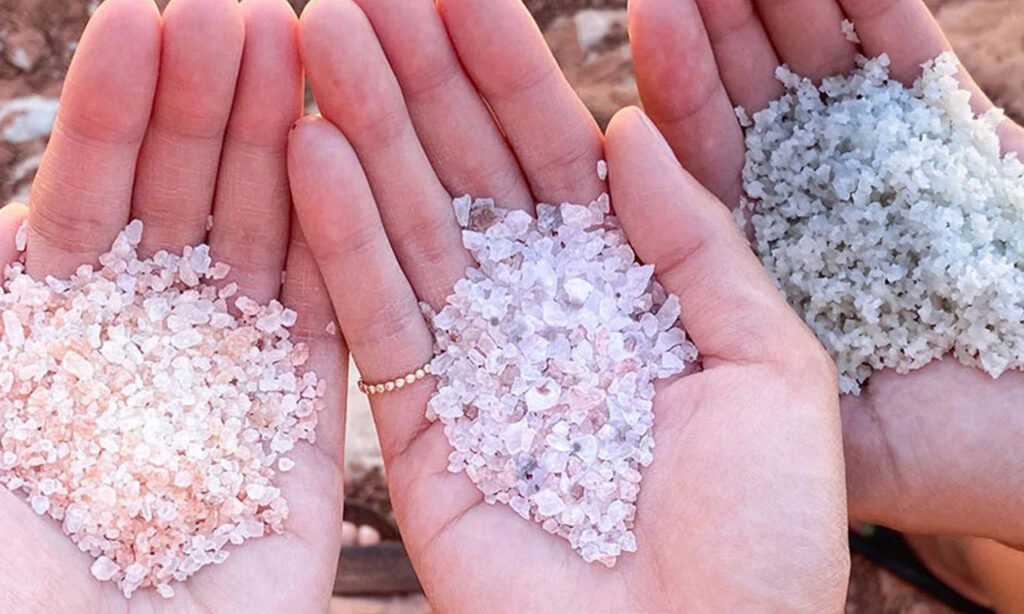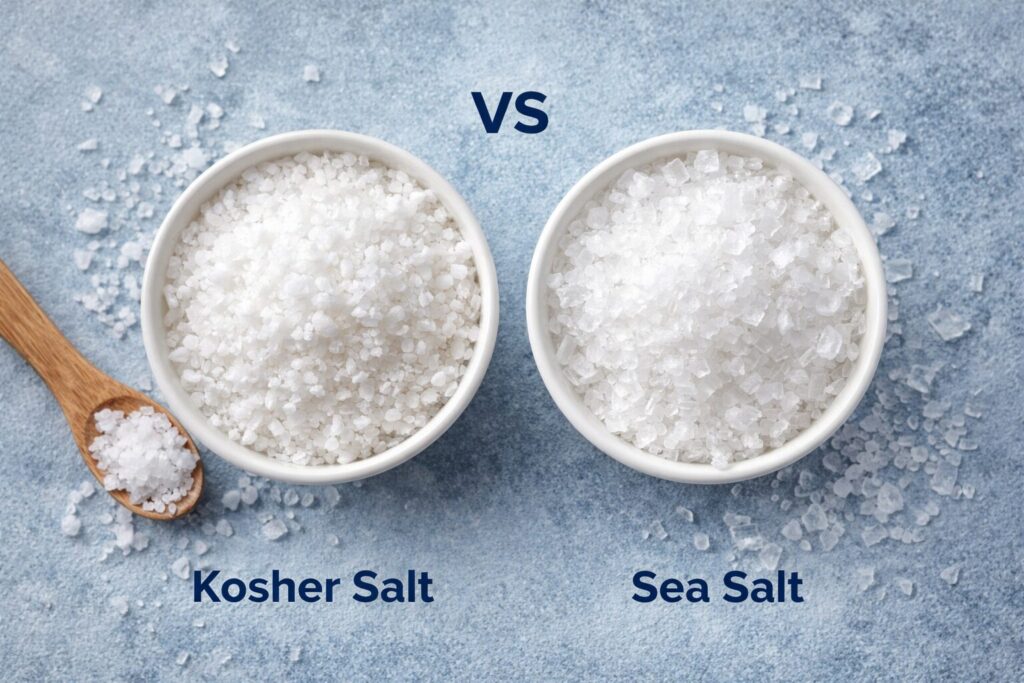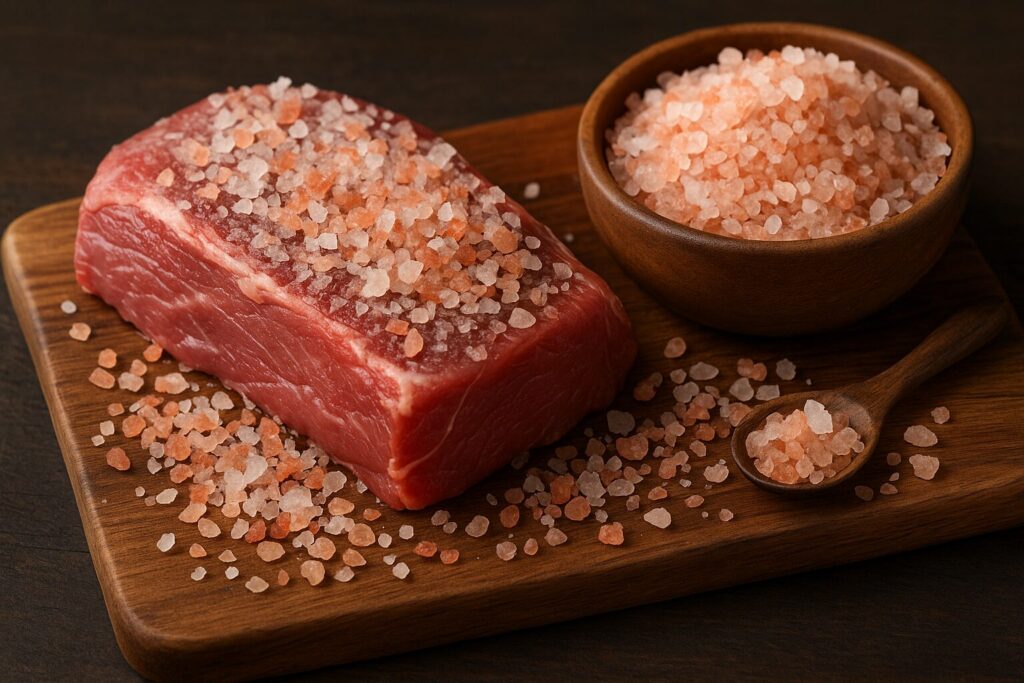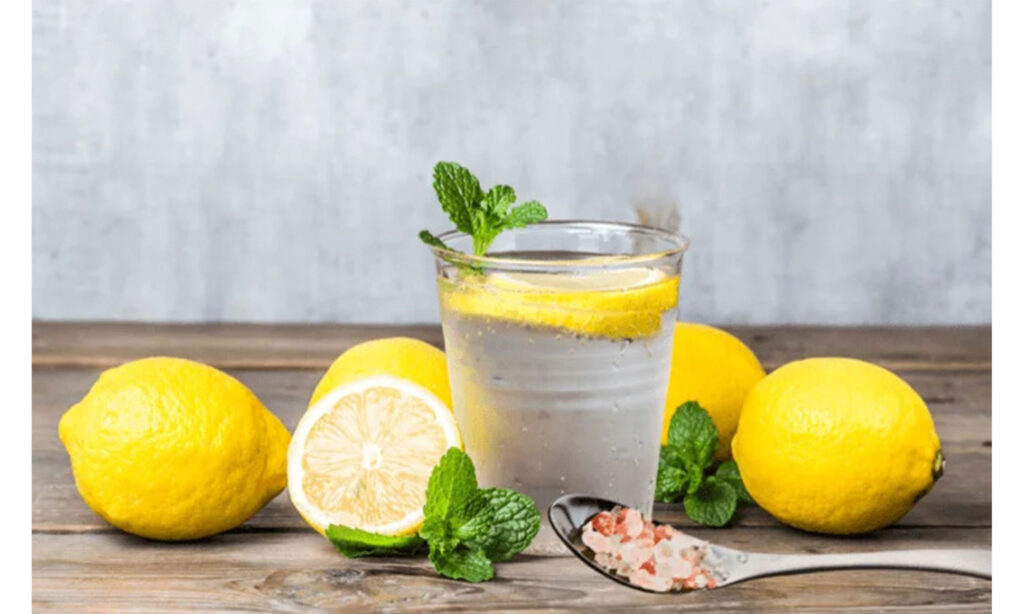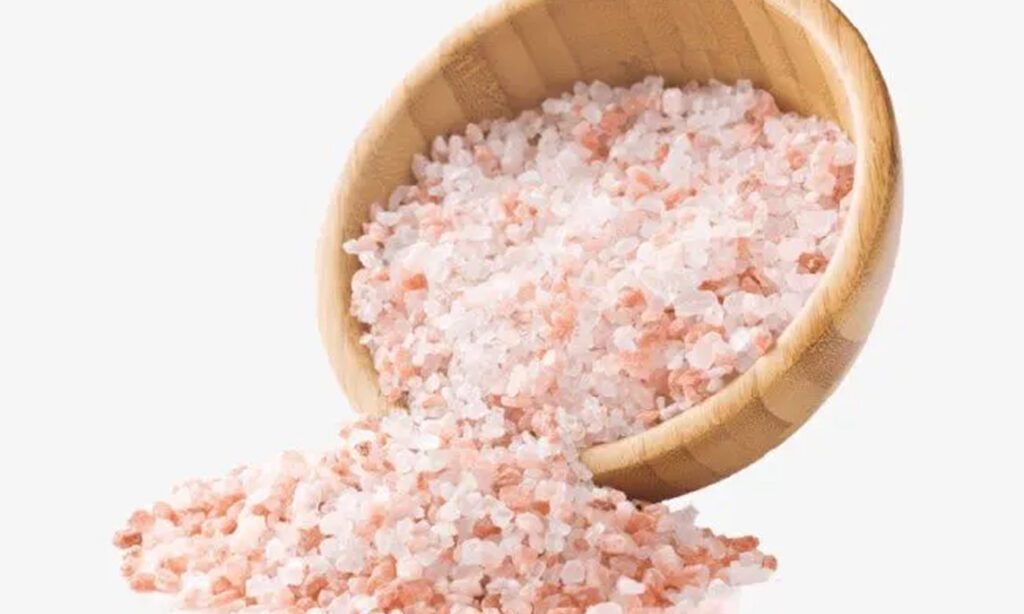Are Celtic Salt and Sea Salt the Same? Everything You Should Know
In the world of health and wellness, natural salts like Celtic salt and sea salt have taken center stage. Many people are curious and often ask, “Are Celtic Salt and Sea Salt the Same?” While both are praised for their rich mineral content and natural harvesting processes, there are distinct differences that set them apart. This guide will break down everything you need to know, including how they compare to Himalayan salt and how to use them in your everyday life.
What is Sea Salt?
Sea salt is produced through the evaporation of seawater. Unlike highly refined table salt, sea salt retains trace levels of unique minerals like magnesium, calcium, and potassium. These minerals give sea salt its slightly varied texture and color, depending on where it’s harvested.
Sea salt can be sourced from various regions, such as the Mediterranean Sea, Atlantic Ocean, or Pacific Ocean. The method of production is typically simple and natural seawater is collected in shallow pools and left to evaporate under the sun.
What is Celtic Sea Salt?
Celtic sea salt, often referred to as Sel Gris (Grey Salt), is a type of sea salt harvested specifically from the coastal region of Brittany, France. The harvesting process is traditional, involving wooden rakes and clay ponds that help preserve the salt’s rich mineral profile.
What makes Celtic salt unique is its moist texture and light grey color, which comes from the clay lining in the salt flats. It’s slightly damp to the touch and boasts over 80 trace minerals, making it one of the most mineral-rich salts in the world.
So, is sea salt Celtic salt? Not quite. While all Celtic salt is sea salt, not all sea salt is Celtic. The term “sea salt” is broad, while “Celtic sea salt” refers to a very specific variety with unique characteristics.
Are Celtic Salt and Sea Salt the Same as Himalayan Salt?
Another common question is: Are Celtic salt and sea salt the same as Himalayan salt? The answer is no. Although all three are natural salts rich in minerals, they differ in:
| Type | Source | Color | Texture | Mineral Content |
|---|---|---|---|---|
| Sea Salt | Evaporated seawater | White/Off-white | Dry | Moderate |
| Celtic Salt | Brittany, France | Light grey | Moist | High (80+ minerals) |
| Himalayan Salt | Khewra mines, Pakistan | Pink | Dry | Very High (84+ minerals) |
Himalayan salt is mined from ancient sea beds in the Himalayan salt mines of Pakistan, and its pink hue comes from iron oxide. It’s extremely popular worldwide and often recommended by Himalayan salt manufacturers in Pakistan due to its high purity and mineral content.
Unique Minerals Found in These Salts
Each of these salts contains unique minerals that contribute to their health benefits and flavor:
- Celtic Salt: Magnesium, potassium, calcium, iron, manganese, zinc
- Sea Salt: Sodium, magnesium, calcium, potassium
- Himalayan Salt: Calcium, iron, potassium, magnesium, sulfate
These minerals support hydration, aid digestion, and promote electrolyte balance. That’s why wellness enthusiasts prefer natural salts over refined table salt.
How to Use Celtic Sea Salt
Wondering how to use Celtic sea salt in your daily routine? Here’s how:
- Cooking and Baking: Use as a mineral-rich alternative to table salt.
- Finishing Salt: Sprinkle on top of dishes for a crunchy, briny flavor.
- Detox Baths: Add to bathwater to help relax muscles and detoxify.
- Oral Rinse: Mix with warm water for a natural mouthwash.
- Electrolyte Drink: Combine with lemon and water for a homemade rehydration solution.
Its slightly moist texture means you might need to adjust measurements if substituting in recipes that require dry salt.
What Can I Use Instead of Celtic Sea Salt?
If you don’t have Celtic salt on hand, you might ask, what can I use instead of Celtic sea salt? Here are some healthy alternatives:
- Himalayan Salt: Closest in mineral content and health benefits.
- Real Sea Salt: Look for unrefined, sun-dried options.
- Kosher Salt: Good for cooking, but lacks minerals.
- Pickling Salt: Pure sodium chloride, but no added minerals.
Just remember, the unique mineral content and flavor will vary depending on your choice.
Health Benefits of Natural Salts
Natural salts like Celtic, sea, and Himalayan salts offer several health advantages:
- Electrolyte Balance: Helps maintain hydration and muscle function.
- Digestive Health: Stimulates production of digestive enzymes.
- Detoxification: Supports removal of toxins through sweat and urine.
- Skin Health: Beneficial for eczema, psoriasis, and other skin issues when used in baths.
However, it’s important to use all salts in moderation. Despite their benefits, overconsumption can still lead to high sodium intake.
Why Do People Prefer Celtic Salt?
Here’s why wellness experts love Celtic sea salt:
- It’s less processed than table salt.
- Retains natural moisture and minerals.
- Offers a complex flavor that enhances food.
- Ethically harvested using ancient techniques.
- Excellent for hydration and detox.
Plus, for people concerned about additives like iodine or anti-caking agents, Celtic salt provides a pure, unaltered option.
Common Myths Debunked
Myth 1: All natural salts are the same.
Not true. They vary greatly in mineral content, origin, and texture.
Myth 2: Himalayan salt is better than Celtic salt.
Not necessarily. Each has unique minerals. Celtic is better for hydration due to its moisture content.
Myth 3: You can’t cook with Celtic salt.
False! You can cook with it just like regular salt just keep an eye on moisture.
So, Are Celtic Salt and Sea Salt the Same? Not exactly. Though both are natural and mineral-rich, Celtic salt stands out for its traditional harvesting, grey color, and moist texture. It’s perfect for those who want a more earthy, nutrient-dense salt. Meanwhile, Himalayan salt and other sea salts each offer their own unique benefits.
Whether you’re seasoning your meal or preparing a relaxing bath, choosing the right salt can enhance not just your flavor but your well-being too.
So, Are Celtic Salt and Sea Salt the Same? Not exactly. Though both are natural and mineral-rich, Celtic salt stands out for its traditional harvesting, grey color, and moist texture. It’s perfect for those who want a more earthy, nutrient-dense salt. Meanwhile, Himalayan salt and other sea salts each offer their own unique benefits.
Whether you’re seasoning your meal or preparing a relaxing bath, choosing the right salt can enhance not just your flavor—but your well-being too.
FAQs
Are Celtic Salt and Sea Salt the Same?
No. While all Celtic salt is sea salt, not all sea salt is Celtic. Celtic salt is a specific type harvested in France with high mineral content.
Are Celtic Salt and Sea Salt the Same as Himalayan Salt?
No. Himalayan salt is mined from salt mountains in Pakistan and has a pink color due to iron content. It’s different from both Celtic and sea salts.
What Can I Use Instead of Celtic Sea Salt?
You can substitute it with Himalayan salt, unrefined sea salt, or kosher salt depending on your purpose.
How to Use Celtic Sea Salt?
Use it in cooking, baking, detox baths, mouth rinses, or electrolyte drinks. It’s versatile and healthy.
5. Where Does Himalayan Salt Come From?
It’s mined in Pakistan, particularly in the Khewra Salt Mines, and is promoted by various Himalayan salt manufacturers in Pakistan.


